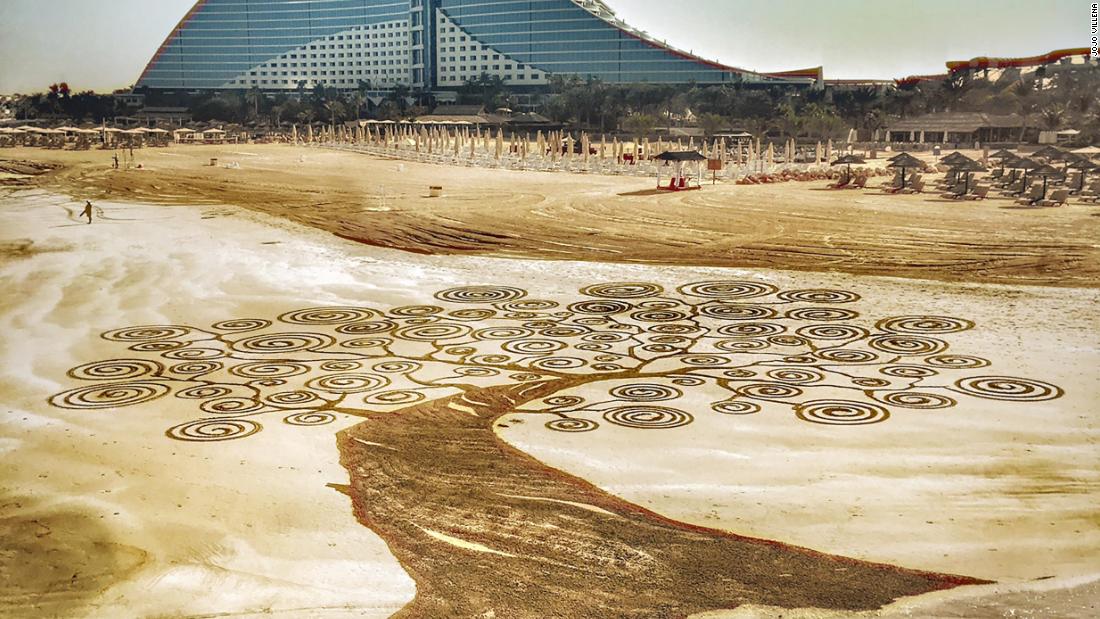
Past Climate Parameters Recorded in Nature Archives
Nature of Archive complements the other, both in terms of resolution and length of data available. Past climate parameters are recorded in natural archives, such as marine sediments, lake sediments, tree rings, corals and so on.
Various climate proxy data contained in Nature of Archive are used to reconstruct the variability and trend of climate change and the environment from time to time. Past climate parameter data and model data can be used to mutually verify and validate climate data so that climate change predictions can be more accurate.
Global climate change is not only happening through the process of global warming. However, climate change can also be triggered by a series of human activities that are directly related to the environment. An understanding of climate history is necessary to understand global warming, including annual climate phenomena. This requires long climate parameter data from the present to the past.
Past climate studies or paleoclimate studies are able to provide data and information on climate parameters from the present to the past that are not available from measurement data.
Climate Change Research
Climate change research is carried out because of Indonesia’s location which is crossed by the equator. This makes Indonesia’s climate influenced by several rainfall patterns, namely monsoonal patterns, equatorial patterns, and local patterns.
This pattern of rainfall and temperature variability is strongly influenced by global and regional phenomena on seasonal, annual, interannual, to decade time scales. Changes in global and regional phenomena will greatly affect the climate in Indonesia, for example, it can result in a prolonged dry season or extreme rainy season, up to sea level rise.
Indonesia is interesting for climate studies, as well as Indonesia is rich in natural archival resources such as marine sediments, lake sediments, corals, trees, speleothems, and even ice cores.
Stone Coral
Head of Climate and Environmental Research, Research Center for Geotechnology – National Research and Innovation Agency (BRIN). Scleractinia corals or also called stony corals of the genus Porites are able to provide convincing past climate data. The combination of living and dead corals is able to provide continuous climate data from the present to thousands of years and even hundreds of thousands of years ago with monthly resolution.
The coral geochemical composition can be used to reconstruct sea surface temperature, precipitation and sea surface salinity. In addition, using X-rays can identify the annual growth layer of Porites coral which records chronological information or time sequence, as well as information on the speed of coral classification.
By correlating the temperature and annual growth of corals, it is possible to know the effect of temperature on coral growth. The results of this kind of research have been used to support coral reef conservation activities.
According to research by experts, the broad outline of the past climate research objectives of this porites reef is focused on increasing understanding of climate variability in the Indonesian region and understanding of ENSO (El Nino Southern Oscillation) and IOD (Indian Ocean Dipole) climate phenomena in the past.
In addition, this research is to understand the effect of temperature on the annual growth of Porites corals and to evaluate and develop proxy data calibration methods and seawater reconstruction methodologies from coral proxy data.
Several research results explain the results of temperature and salinity reconstruction of the geochemical content of live coral Porites from the waters of Timor Island (Ombai Strait), over a long period of 90 years (1914–2004) showing that IOD significantly affects temperature and salinity.
ENSO significantly affects temperature, but not salinity. These results need to be taken into account when interpreting Indonesia’s past climate. The results of sub-fossil coral records from the Sunda Strait region show an increase in the frequency of IOD/ENSO events from the mid-existence to the present.
Characteristics of Climate Change
Researchers in the field of carbonate sediments, from the climate and ancient environment research group, Experts, explained that coral reefs need a suitable living environment for their growth. Such as the temperature of warm seawater, sufficient sunlight, nutrients, salinity, clear seawater, and so on.
Changes that occur in the environment of coral reefs will be recorded on the body of the reef, just as trees record changes in the environment around them and can be seen on tree rings. Therefore, climate change which is reflected in changes in sea water temperature, changes in salinity, and fluctuations in sea level rise and fall will be recorded on the body of coral reefs.
According to experts, historical climate data and historical sea level changes resulting from this research are expected to be used as a basis for identifying the characteristics of climate change in Indonesia, as well as for studying environmental vulnerability due to hydrometeorological hazards, as well as for projecting climate change in the future.
The benefits of climate change trends for society can be used to analyze an area’s vulnerability to hydrometeorological hazards, such as drought, floods, rising sea levels and rising temperatures and can be used to make projections of climate change in the future.
“We hope that people will also become more aware of the environment by doing greenery, reducing emissions and living in an environmentally friendly way, all of this to reduce the impact of global warming.”





